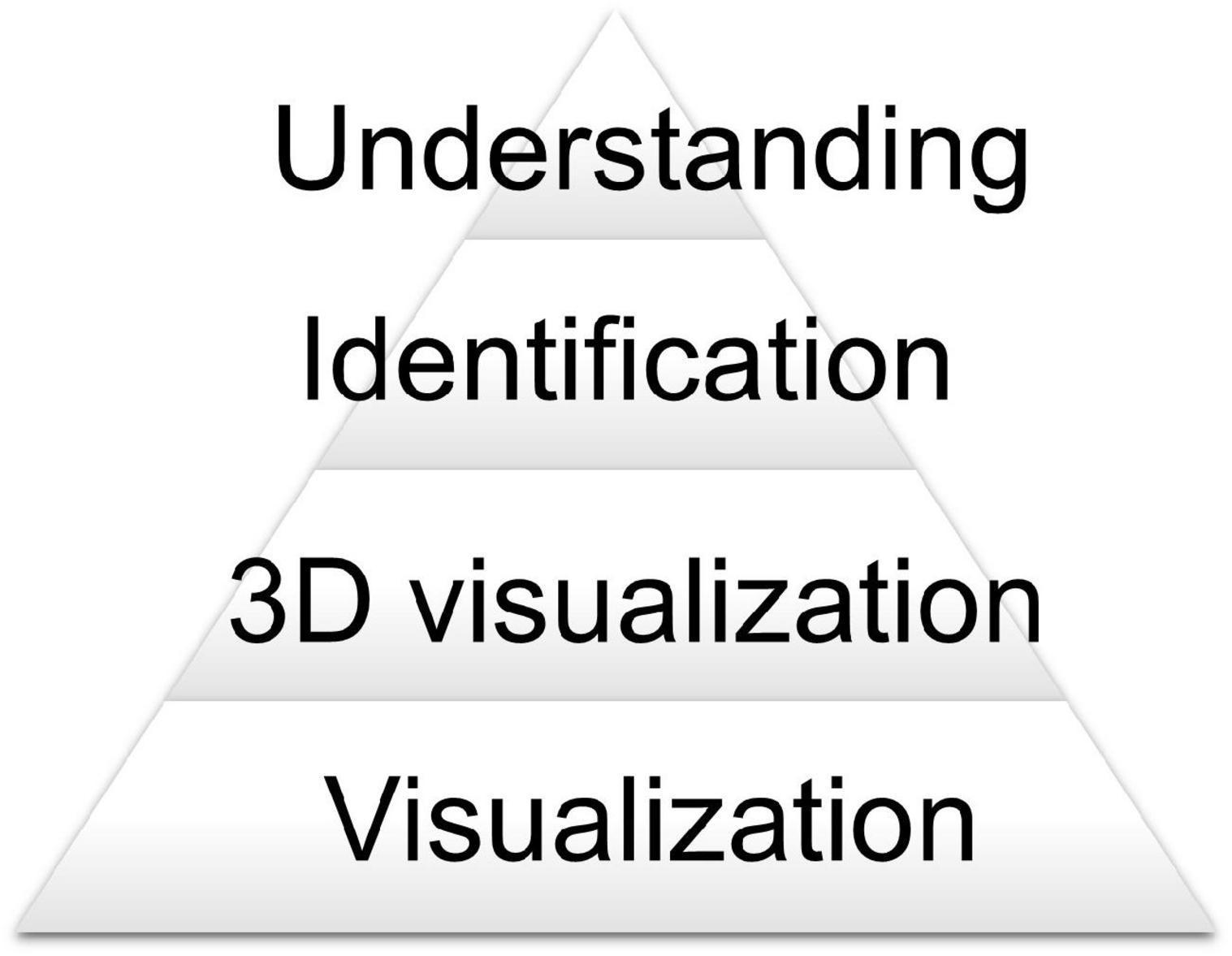how Effective Is VR/AR in Education? Comprehensive Evaluation and insights
Virtual Reality (VR) and Augmented Reality (AR) are revolutionizing the educational landscape, offering immersive, interactive, and engaging experiences for learners of all ages. But how effective are VR and AR in education? This comprehensive article delves into the impact, benefits, challenges, case studies, and best practices for implementing VR/AR technology in classrooms. From practical insights to first-hand experiences, discover how these cutting-edge tools are shaping the future of education.
What Are VR and AR in Education?
VR (Virtual Reality) creates entirely simulated environments where users can interact as if physically present. AR (Augmented Reality) overlays digital elements onto the real world via devices like smartphones, tablets, or AR glasses. In educational settings, these technologies transform traditional learning by providing students with interactive simulations, visual aids, and hands-on experiences.
Key Benefits of Using VR/AR in Education
- Enhanced Engagement: Immersive learning environments capture students’ attention, increasing motivation and retention.
- Experiential Learning: Students can explore complex concepts through virtual labs, ancient reconstructions, or realistic simulations.
- Accessibility: VR/AR can make abstract or inaccessible subjects (like anatomy, astronomy, or geology) tangible and intuitive.
- Safe & Controlled Environment: Practice without real-world risks in fields like medicine, engineering, or hazardous sciences.
- Personalized learning: Adaptive VR modules cater to individual learning paces and styles.
- Collaboration Opportunities: Multi-user VR platforms foster teamwork and dialog skills.
VR/AR education Statistics and Research Insights
- According to Statista, the global AR/VR education market is projected to reach $700 million by 2025.
- A study by Pearson education found that VR improves knowledge retention rates by 75% compared to traditional learning.
- Research published in the Journal of Educational Technology reveals students using immersive technologies demonstrate a 40% higher learning gain in STEM subjects.
- Over 80% of teachers surveyed believe AR and VR can positively impact student engagement.
Case Studies: VR/AR Success Stories in Education
1. virtual Science Labs in High School
A California school district deployed VR labs for biology and chemistry classes. Students participated in simulated dissections and experiments, leading to a marked enhancement in exam scores and scientific understanding.
2. AR History Lessons in Middle school
A London-based middle school integrated AR apps that brought historical events, artifacts, and ancient civilizations to life. Surveys noted a significant increase in historical empathy and content retention among students.
3. VR for Medical Training
top universities,including Johns Hopkins,use VR simulations for surgical training. These immersive modules allow students to practice complex procedures, reducing errors and boosting confidence before operating on real patients.
4. First-Hand Experience: Teacher’s Perspective
“Introducing VR into my classroom completely transformed student engagement. The ability to virtually visit historical monuments or conduct science experiments removed barriers and sparked curiosity in ways textbooks simply cannot.” — Mrs.Linda Choi, Middle School Teacher
Challenges When Implementing VR/AR in Education
While the effectiveness of VR/AR in education is evident, there are challenges to consider:
- High Initial Costs: Devices, licenses, and advancement can require significant investment.
- Technical Barriers: Infrastructure upgrades and staff training are necessary for smooth integration.
- Content Quality & Suitability: Not all available apps are curriculum-aligned or age-appropriate.
- Accessibility Concerns: Some students may experience motion sickness or have difficulty using the devices.
- Limited long-Term Research: While short-term gains are well-documented,long-term effects are still being studied.
Practical Tips for Integrating VR/AR in the Classroom
- Start Small: Pilot a single VR/AR lesson to gauge student reaction and learning outcomes.
- Choose Curriculum-Relevant Applications: Select tools designed to enhance specific subject areas.
- Invest in Teacher Training: Equip educators with the knowledge to utilize VR/AR effectively.
- Include Diverse Learning Activities: Blend immersive experiences with traditional teaching methods for well-rounded lessons.
- Prioritize Accessibility: Consider students’ physical comfort and digital literacy levels.
- Evaluate and Iterate: Collect feedback regularly to adapt and improve VR/AR integration.
SEO Insights: Why Write About VR/AR in Education?
- Increasing search demand for keywords like “VR in education”, “AR classroom tools”, “immersive learning”, and “virtual reality schools”.
- Growing trend for future-focused educational content that attracts teachers, administrators, and parents.
- Potential for backlinks from educational technology blogs,school websites,and news outlets.
Future of VR/AR in Education: Trends and Predictions
- AI-powered adaptive content: Smarter, personalized VR courses tailored to each student’s abilities.
- Wider affordability and access: Decreasing hardware costs and more open-source resources.
- Global collaboration: Virtual classrooms connecting students worldwide.
- Integration with mainstream curriculum: Expansion beyond pilot programs as educational standards evolve.
Technology will keep evolving, and the lines between physical and digital classrooms will blur, leading to dynamic new ways to learn.
Conclusion: How Effective Is VR/AR in Education?
the effectiveness of VR/AR in education is well-supported by both research and real-world application. Immersive technologies foster engagement, deepen understanding of complex subjects, and prepare learners for a digital future. While there are still challenges in cost, infrastructure, and long-term studies, the transformative possibilities of VR and AR learning tools are too significant to ignore.
As schools embrace VR and AR, students are likely to benefit from a richer, more interactive, and personalized educational journey. For educators and decision-makers, investing thoughtfully in these tools—with well-planned integration—can reshape how knowledge is gained, shared, and retained for generations to come.
Explore more resources on educational technology and stay updated on the latest VR/AR developments shaping modern classrooms!

